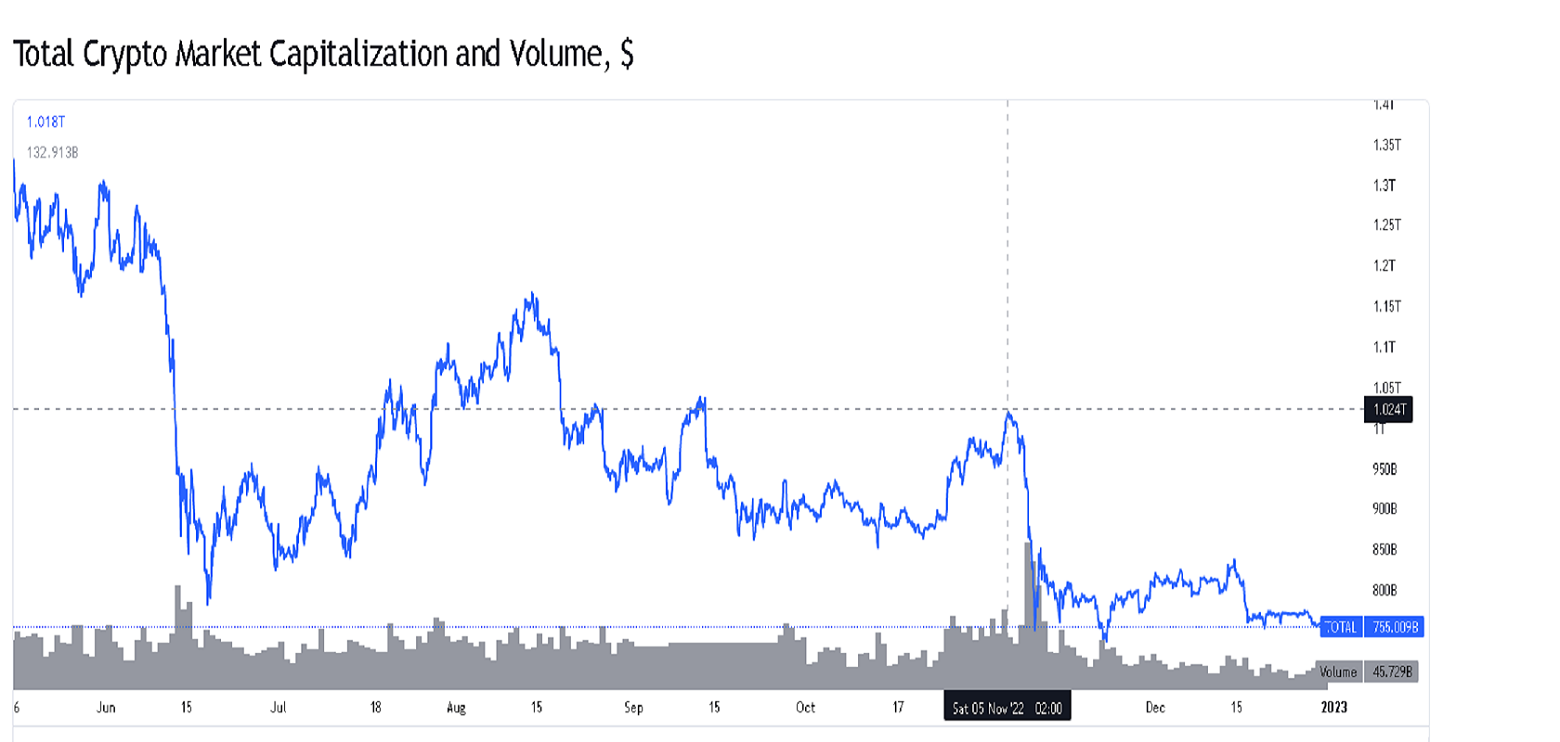The implosion of FTX led by SBF, Alameda Research, and many companies tied to them have dominated news headlines since the middle of November. FTX filed for Chapter 11 bankruptcy on November 11, 2022. Prior to this, FTX owned the naming rights to the Miami Heat’s basketball arena, nearly $50 billion in assets… and then poof. Investors looking for safe yield locations had previously considered Centralized Exchanges (CEXes) as a way to do this. No one really ever expected that one of the largest exchanges in the world was in the middle of one of the biggest fraud and financial scandals the world has ever seen.
Sam Bankman-Fried (otherwise known as SBF), is the disgraced former CEO of FTX. SBF has been indicted on eight criminal charges, including wire fraud and conspiracy by misusing customer funds. He is accused of essentially stealing deposited customer funds in the exchange and using them for his own investments (through Alameda Research), his own purchases, and much more. About a week prior to the announcement of FTX’s bankruptcy filing, news began to leak.

The total value of the crypto market plummeted – with no assets really being spared in the carnage. 2022 has been a year of black swan events – LUNA, 3AC, Celsius – the cryptocurrency world has continued to take hit after hit. More information on some of these events can be found in my article published on ETFTrends https://www.etftrends.com/crypto-channel/2022-the-year-of-the-black-swan-in-crypto/.

While the FTX and SBF situations made headlines, many of these other events, particularly the fall of LUNA and UST (and the carnage that followed), had larger effects on the market. FTX used its FTT token to pay staff and as collateral… when it really wasn’t backed.
While everyone in the space has seemingly lost significant sums of money, the market itself has undergone some much needed maturation. Until recently, the focus of every project was to reward new investors with as high of a yield, or interest rate, as possible. Many projects “minted” new tokens to reward users and investors.
To maintain high yields, these projects were required to mint more and more tokens as the userbase grew, creating major inflation problems and ultimately plummeting prices. LUNA and UST were extremely successful early in the year due to UST being viewed as a “safe stablecoin” and offering a nearly 20% interest rate on deposited tokens. When the bank run ensued, LUNA tokens were minted at an astronomical rate, crashing the price, and leading to the market meltdown during the April/May time period.
2022 has created major skepticism across the market when high APRs are offered by projects. “Are these APRs sustainable?” has become a common research topic. Some of the most successful projects of 2022, such as GMX (discussed in greater depth here: GMX: Trade or Exchange on Arbitrum and Avalanche), have put this mantra to use. These projects use revenue from transactions, interest, liquidations, and other fees to reward platform users. More users = more revenue = higher APRs. This concept has become known as “Real Yield” and the cryptocurrency market is looking hard for projects with sustainability.

2022 has been a year of bumps and bruises. The usecases for Bitcoin and decentralized money has never been stronger. We’ve seen a high number of “bad actors” get flushed out of the space in very public ways. This has created significant scrutiny on the remaining players in the space, even at the regulatory level. Exchanges are vying for users and attempting to assuage fears by demonstrating they aren’t misusing deposited customer funds. The focus of market investors has shifted strongly from fast paydays to long term sustainability. In much of the market research I do, I have seen a high number of investors looking at increasingly long time horizons.
While none of the events over the last year are “good” – it’s safe to say that there have been some silver linings. Deep in this bear market, a risk-off approach has become popular amongst even the savviest of public-facing cryptocurrency investors and enthusiasts. Stay safe out there.
















